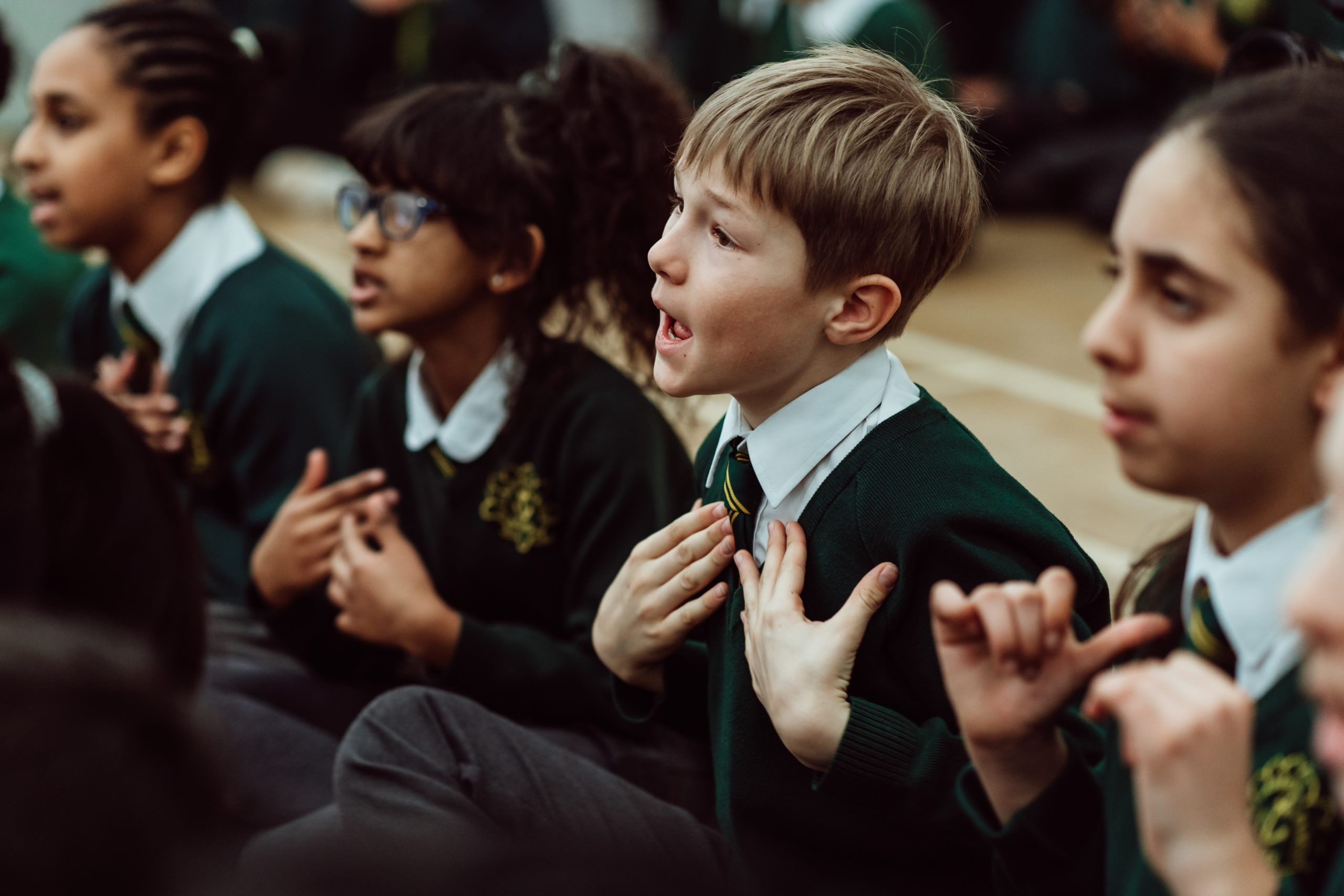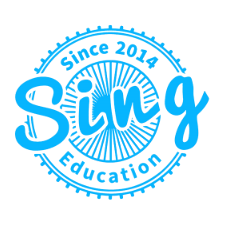Music, Maestro! The Golden Thread to Bind Them
Sing Education is in a very enviable position.
Working over time and within select partner schools, we have the ability to teach ongoing cohorts of pupils – from as young as nursery age, right the way through Year 6.
At Sing Education we teach on the basis of a full-year curriculum.
Based on our method, we can readily set out for schools what their pupils will be learning throughout the academic year and from year to year as they progress with our service. We have a full plan that covers all of those nuances and within that plan sits our comprehensive bank of teaching resources.
By working with our own curriculum structure, resources and knowledge bank, we have been able to accomplish two aims…consistency across time and effective long- and short-term planning.
Another key point is that our curriculum is delivered by specialist teachers. They create a successful music learning environment through our high energy, singing led, child-focused lessons, as well as by demonstrating positive classroom management
Using the Kodály method we ensure subject matter is presented logically and builds on the children’s previous experience with music. This helps students to consolidate earlier learning and link new concepts to previous knowledge.
This means that module upon module, year upon year, Sing Education builds not only musical skills but also trust, consistency and progression – all while encouraging personal expression, peer collaboration and independent action, as well.
To learn more about Sing Education, including how our music provision, online instrumental lessons and at home learning resources contribute to a well-rounded music curriculum, please visit www.singeducation.co.uk/schools
About Us
Founded in 2014 and serving more than 16,000 children each week, Sing Education is a first class provider of primary school music education. Focusing on high-quality, singing-led tuition, we deliver a complete solution for schools which includes teacher recruitment, training and management, bespoke curricular resources and educational consultancy services.
Through music lessons, singing assemblies, choirs, after school clubs and instrumental tuition, Sing Education works with students from Nursery right through to Year 6. Our core philosophy is that “Every Child Has A Voice,” and, as educators active in the classroom, our directors and teachers know firsthand how much young learners benefit from exciting, rewarding music education.
Sing Education currently partners with schools throughout Greater London and Kent, as well as Yorkshire and the Humber.
Not yet on the list? Please enquire about our expansion plans for additional areas we will serve during the 2023-24 academic year.
singeducation.co.uk/schools
#SingEducation #HubsAndSpokes #InsideMusicEd
Sources
- The Transition Between KS1 and KS2 Me, Them and The Others MTO
- Skills your child needs for moving to Key Stage 2 The School Run TSR
- Transitions in primary and secondary education: Guidance for schools and settings Devon County Council DCC
- Transition and beyond: Moving forward together Broadmeadow Junior School BJS
- Teachers TV: What To Do If – Transition KS1 to KS2 TES.com TES












